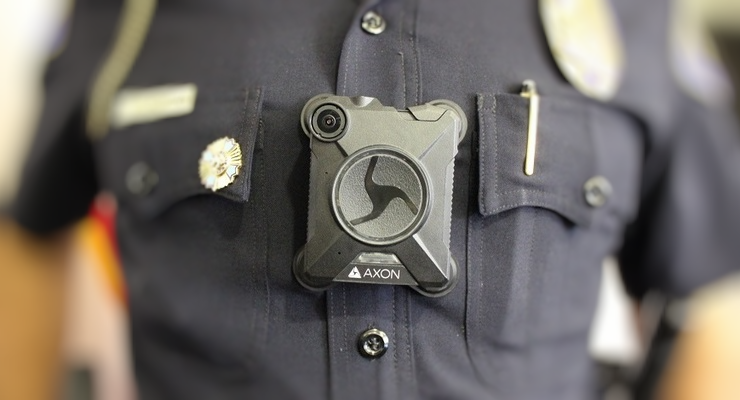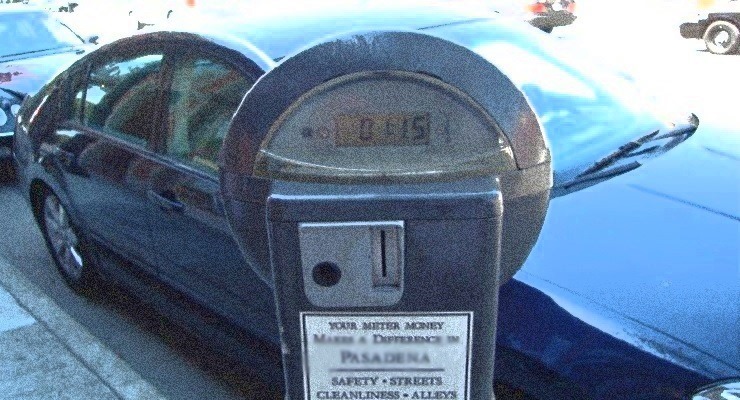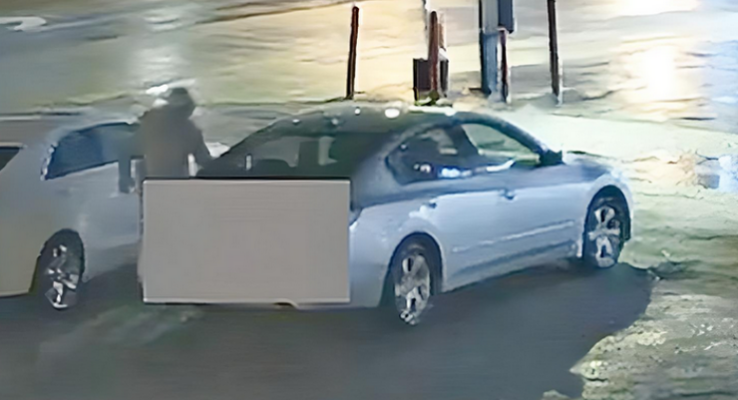
The Pasadena City Council Municipal Services Committee Tuesday approved a recommendation by the Pasadena Water and Power Departments (PWP) to conduct a public hearing on the department’s 2016 “Public Health Goals” (PHG) report, a preview of which was presented to the committee.
According to the presentation by Water Quality Manager David Kimbrough, a new Public Health Goals report is required by the State every three years to measure any occurrence of chemicals present in its treated water that might pose any unacceptable risks to the public.
Pasadena’s water, according to the report, has currently met all enforced Maximum Contaminant Levels as determined by the US Environmental Protection Agency. The department routinely tests for compliance, according to the PWP staff report.
Of the known “constituents”—which ranged from Tetrachlorethylene to Uranium—that were above public health goal standards, all were considered “safe” by the California State Water Resources Control Board, Division of Drinking Water.
The report will be forwarded to the full City Council to be placed on an upcoming agenda.
The committee also recommended a report from the Department of Transportation to enter in to a contract with Live Traffic Data, Inc. (LTD), to provide new software that will provide city-wide real-time traffic monitoring along a major traffic corridor of the City.
According to the Transportation Department staff report, delivered by Frederick Dock, department director, the program, which would be provided free of charge to the city in exchange for the collected data, would monitor the travel and “approach queues” at six intersections on Orange Grove Boulevard from Lake Avenue to Sierra Madre Boulevard. Using a device placed inside traffic signal cabinets along the corridor, the system would automatically record all “events” in real time. The events would include vehicular detections, pedestrian push button activations, along with every instance of the traffic signal turning green, yellow or red on all approaches of a “signalized intersection.
The software company, would provide, install and maintain all of the necessary equipment for the program for the length of the five-year contract. The contract would also have early termination clauses should the City or LTD decide to cancel the program.
LTD would archive the collected data and provide it to the city, once processed. The project, if approved, would take 18 to 24 months to install the necessary equipment.
As part of the application of the system, the program would, among other things, evaluate arrivals at a traffic signal against the start of a green light, which would allow traffic engineers to optimize traffic signals year-round, if needed.
The system would require only small wireless devices to be installed along the traffic corridor, and only traffic pattern data would be collected. No traffic cameras would be involved.
A lively discussion ensued as Councilmember Andy Wilson questioned the ownership of the raw data, wondering if perhaps the City might use it to build a type of mobile traffic app of their own at some point.
“We don’t want to be in the Waze business,” he said, “but we should be mindful of the importance of that data.”













 0 comments
0 comments


